Blackcurrant Farming at Martham
Blackcurrant bushes covered vast tracks of Martham in the mid 20th century providing work for many local people. The area became famous for its fruit production based at Manor Farm, Back Lane, a business conceived and developed largely by William Bracey Jnr but with the support of his father who started out as a builder but quickly diversified into farming.
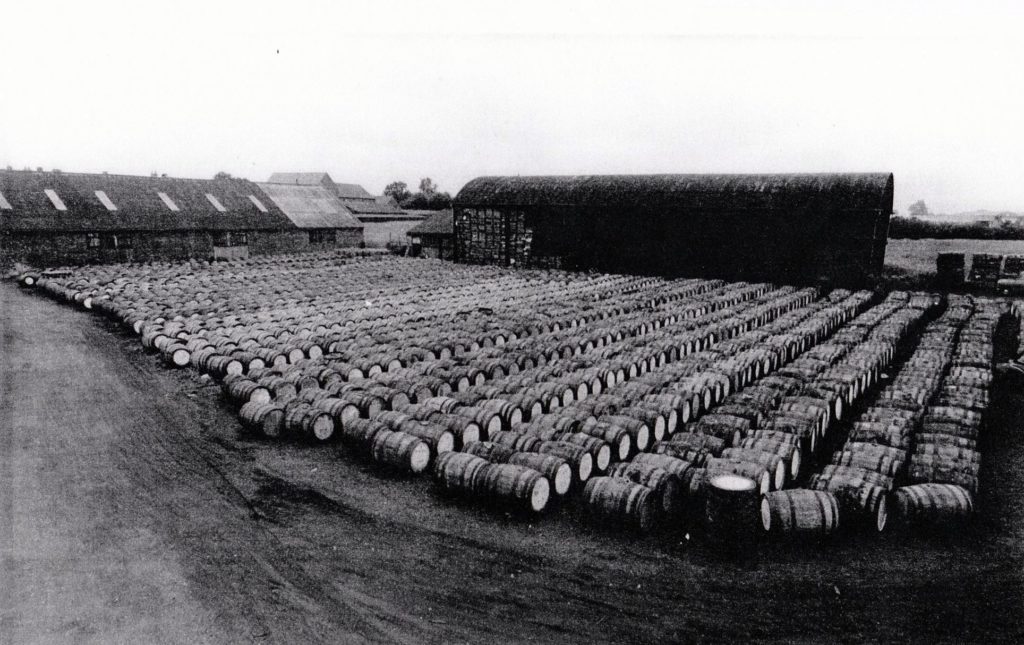
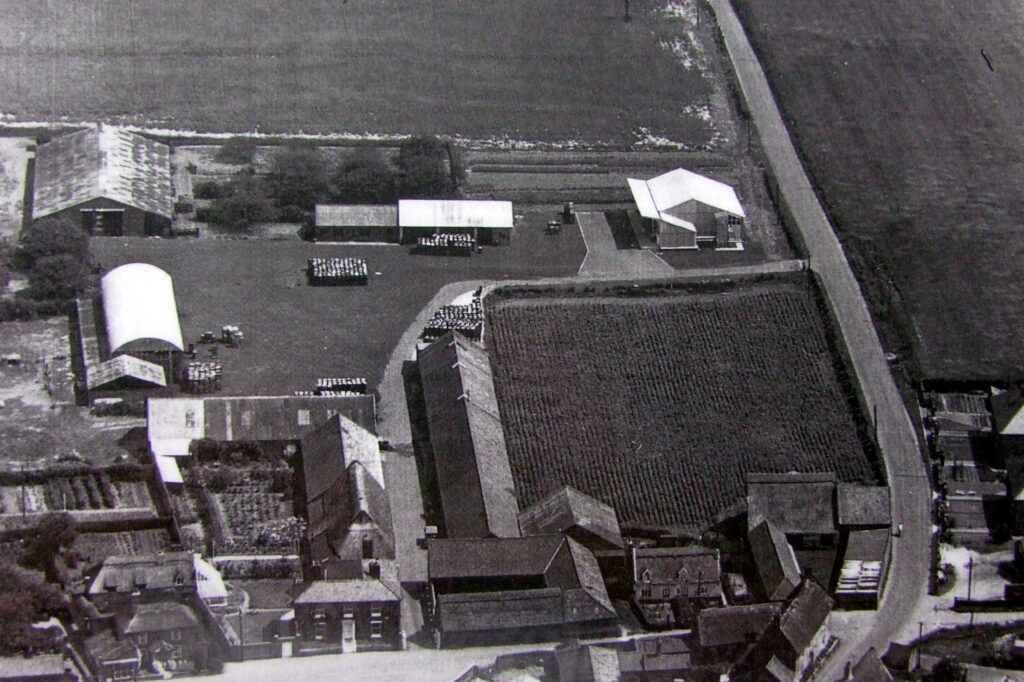
William Bracey (Jnr.) was born in Great Yarmouth in 1870. His father was a builder and they moved to Martham in 1890 and lived at Bracey’s Buildings in Cess Road. His father had built the terrace and extended the business into farming but significantly it was William who was listed as being a fruit merchant in the 1901 census when they both lived at Bracey’s Buildings.
Father and son went into partnership and traded as W & W Bracey. They traded as farmers, builders, contractors, carters and brick merchants. They became the owners of several brickworks in the Martham area, the largest being located opposite Martham Ferry and known as Bracey’s Brickworks of which today only the flooded pits remain and the site is better known now as Martham Pits. Father and son Bracey were also named amongst the commissioners of the Martham Level drainage wind pump, aka Bracey’s Windpump (mill), built in 1908 on the southern bank of the River Thurne.
Business must have been very good because William (senior) acquired the Martham Estate including Martham Hall and with it the manorial rights of the manor.
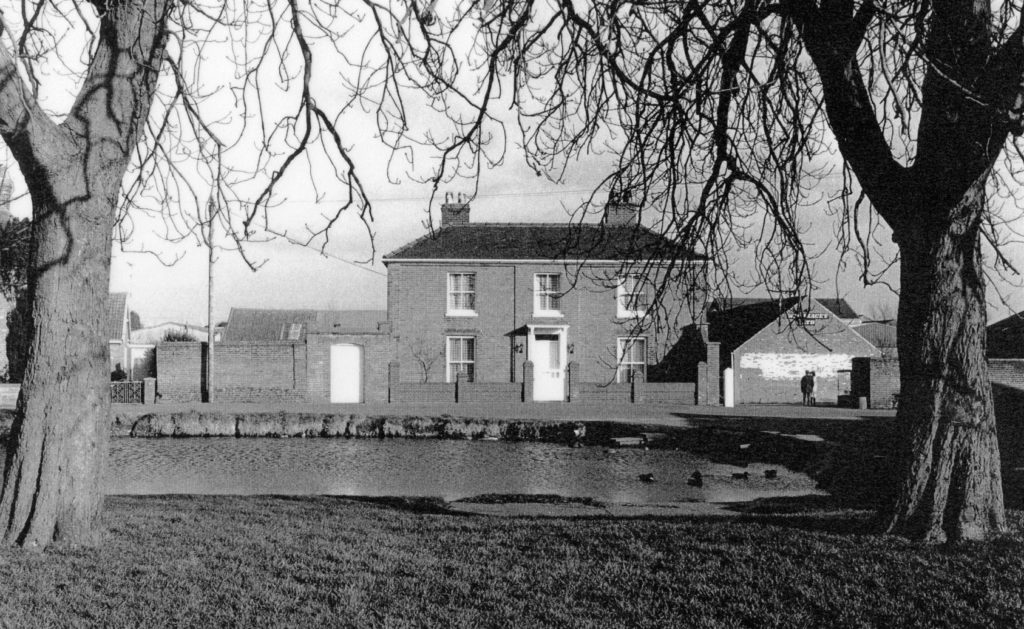
By 1911 William (Jnr.) was working and living out of the Manor House in Back Lane behind Bracey’s pond. His blackcurrant business had taken off and like his father he appears to have become a consummate entrepreneur as the 1911 census listed him as being a farmer, fruit merchant & grower, wheelwright, blacksmith and agent for agricultural implements.
In 1937 the Martham Estate was put up for sale by the Trustees of William Bracey Snr. and the auction catalogue gave details of how successful blackcurrant production was. Just one eight acre field shown on the OS map to the right as No625 (outlined in red) was planted with Baldwin bushes and yielded record crops in 1934, 34 tons, 13 cwt; in 1935, 14 tons, 7 cwt; in 1936, 31 tons, 14 cwt.
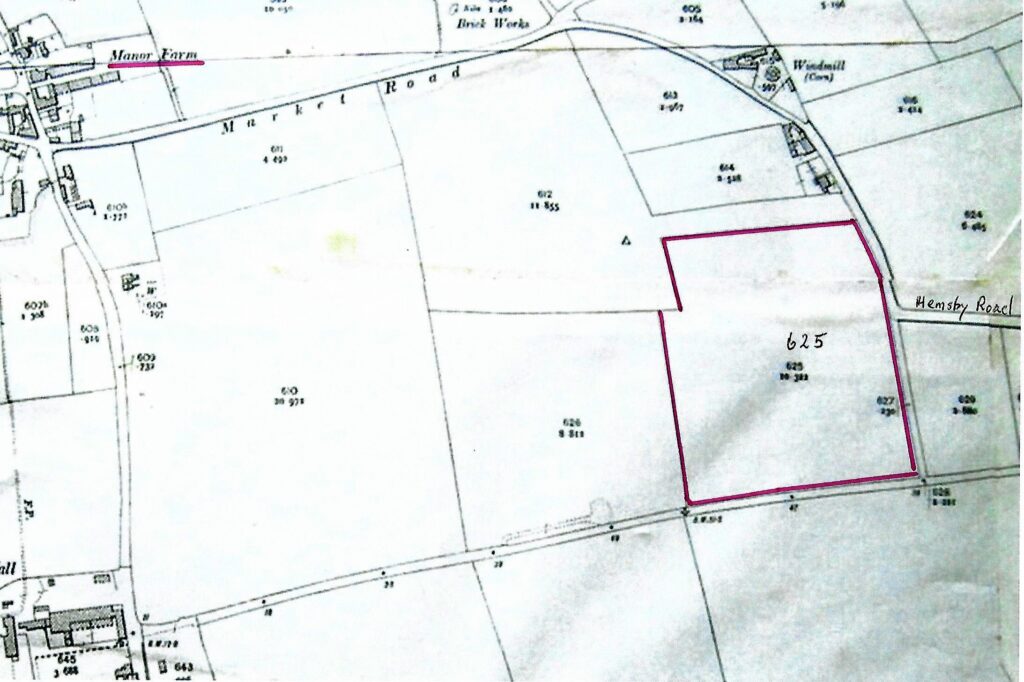
In 1937 Kelly’s Directory listed William as a farmer, fruit merchant & grower and blacksmith. He was still listed as an employer and as a self-employed farmer and merchant in the 1939 register whilst living at the Manor House.
Many of the fields around the village were given over to blackcurrant growing and many locals still remember fruit picking by hand during the summer before mechanisation was introduced – see their memories below. The photo right shows an overgrown former Bracey’s pump house beside a blackcurrant field next to Pratts Loke.

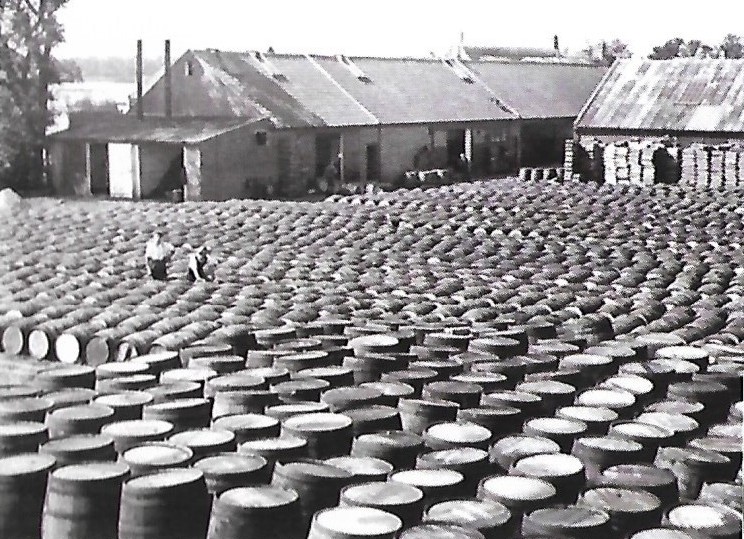
William died in 1949, aged 79, and was buried on 17th January at St Mary’s. His legacy was that after the Second World War, Braceys were one of only five merchants of soft fruit, mainly blackcurrants, in England, sending large tonnages each year to the wholesale markets, canning, and jam-making factories all over the country.
The railway station at Martham had been open since 1877 and Braceys fruit including strawberries, raspberries and apples as well as blackcurrants was pulped and placed in large barrels which were sent by rail to jam makers like F. Dewer & Son of Manchester; R & W Scott of Carlike, Scotland; Robertsons of Manchester and others. Some fruit was sent whole in baskets to wholesale markets all over the country. By the time the Martham station closed in 1959, the Braceys had switched to road transport and were hence little affected.
Following William’s death, the business continued as a family trust until 1971, when Raymond Crisp, the grandson of William (Jnr.) took over. In the 1970s they were still in business and in 1973 the company was the first in England to pioneer a fully mechanised method of fruit processing, an innovation which reportedly cost about £25,000. Profits however plummeted dramatically during the following decade due to competition from cheaper imports and in the early 1990s the merchant side of the company ceased. The business was eventually sold in 2002.
Just a few of many local people that worked for the Braceys were: Reggie Brooks, Noel Curtis, Maggie Gallant, ‘Tick’ Gallant, ‘Punch’ Grimmer, Jack Hicks, Percy Punchard, Terry Punchard, Harry Morgan and Harry Nichols.
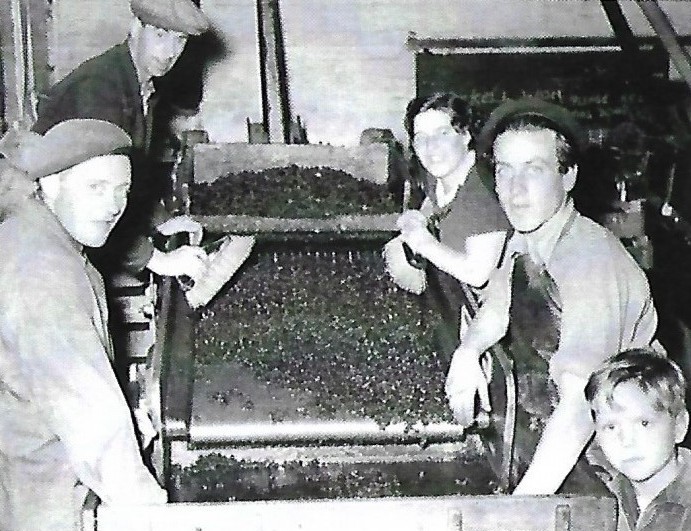
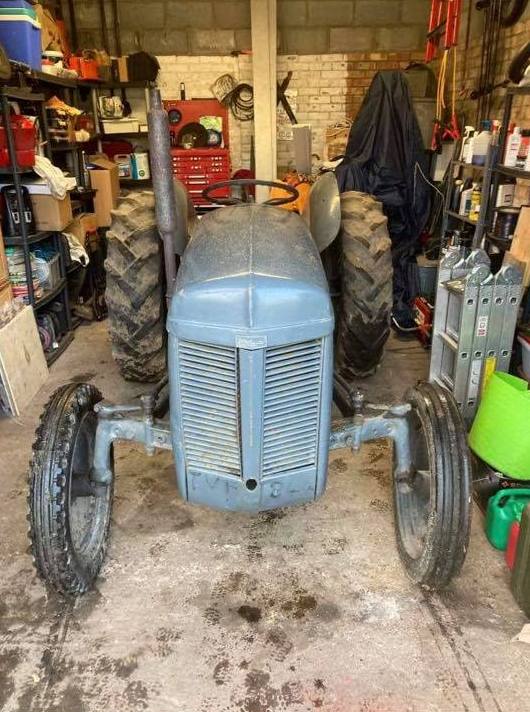
This Ferguson tractor dates from 1955 and was used at W & W Bracey Farms. It was registered by the farm manager Edwin B Vincent by which time the business was being run by Raymond Crisp the grandson of the founder. Former local lad Philip Wakeman recalls how the tractor was the first thing he drove when he worked on the farm in his school holidays during the fruit picking season. The tractor has recently been rescued by enthusiast Rob Higham and is receiving tender loving care at its new home in Derbyshire. My thanks to Rob for providing this photo and information.
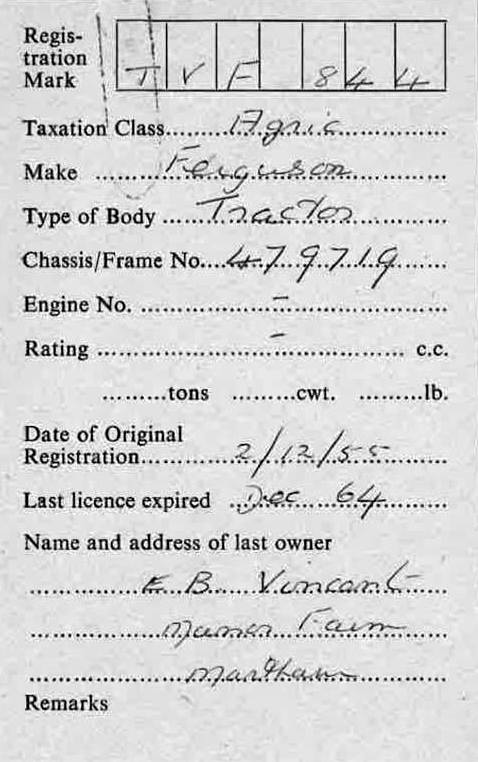
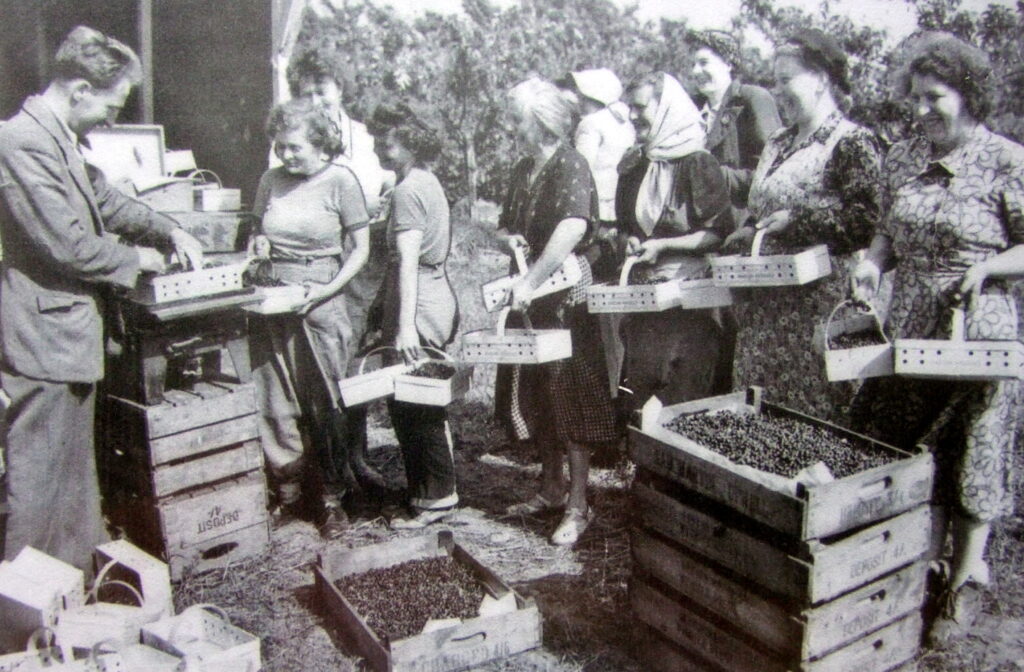


Above is an example of a typical Braceys token given to fruit pickers that they could then exchange for payment after their shift. This one is worth two old pence. It was made by P Neal token maker of 19 Percival Street, London between 1866 to 1895.
Reminiscences
I acknowledge the following reminiscence from Colin Miller in his excellent book, Country Boy: Growing Up in Norfolk 1940-1960. “My first experience of working for money was fruit picking, specifically picking blackcurrants for Braceys, Martham. Almost all the fields between Martham and Hemsby were owned by Braceys and filled with row upon row of bushes growing blackcurrants for making jam. For 2 or 3 weeks at the endif July and beginning of August men, women and children, although mostly women and children, were employed to gather the ripe fruit on a piecework basis, everyone being paid a set amount per pound using tokens based on the fruit they picked.
Once there we reported to the field foreman at the weigh station which was normally positioned close to the field entrance and consisted of a bench with a chair behind for the foreman to sit on and he was protected by a tarpaulin in case of rain. To one side at the back were piles of buckets and punnets for the pickers.”
Chris Hewitt: I remember picking fruit in the summer holidays you were paid 14/6. 72p in today’s money for a stone of black currants at the end of the holidays I bought myself a new bike that would probably have been 1970/71 or even earlier not sure.
Gill Barker: I used to pick blackcurrants with my Nanny, she was really quick, she used to put the tip of the branch in her mouth then pick with two hands. I loved those days.
Jackie Hollis: Those were the days when you used to earn pin money for picking their blackcurrants.
Julia Harris: I can just remember my mum sitting me in the blackcurrant bushes with jam sandwich’s next to a wasp’s nest lol. Those were the days, loved going fruit picking.
Jackie Hollis: I used to pick the leaves out of the bucket, while my mum was filling it with the blackcurrants.
Michael Newton: Was there a blackberry farm off Black Street?
Jackie Hollis: I can’t remember there being one there, they had a field at the top of the playing field and a couple on Hemsby Road.
Heather Hogg: Also loved blackcurrant picking, there were picking fields at the piggery and behind the council houses on Hemsby Road, both sides of the road to the old railway bridge at Collis Lane. My favorite field was down Cess Road behind my grandad’s allotment. Oh! the memories of filling big baskets of currants and getting paid. My dad used to come and pick after he finished work at Bailey’s.
Jan M Nicholls: My dad grew currants which Kirby’s took into Braceys.
Alistair Kirby: I remember going over the (railway) line as they used to call it past the end of Hall Road to pick. My grandfather would let me drive the lorry once we got off the road and onto the dirt track. The fruit would be collected from farms all over Norfolk and Suffolk brought back to Martham and then either sent to Salvesens Coldstore at Oulton Broad or directly to factories, Rowntree’s of York was a common one. Braceys at one time also owned farms in the Wisbech area.
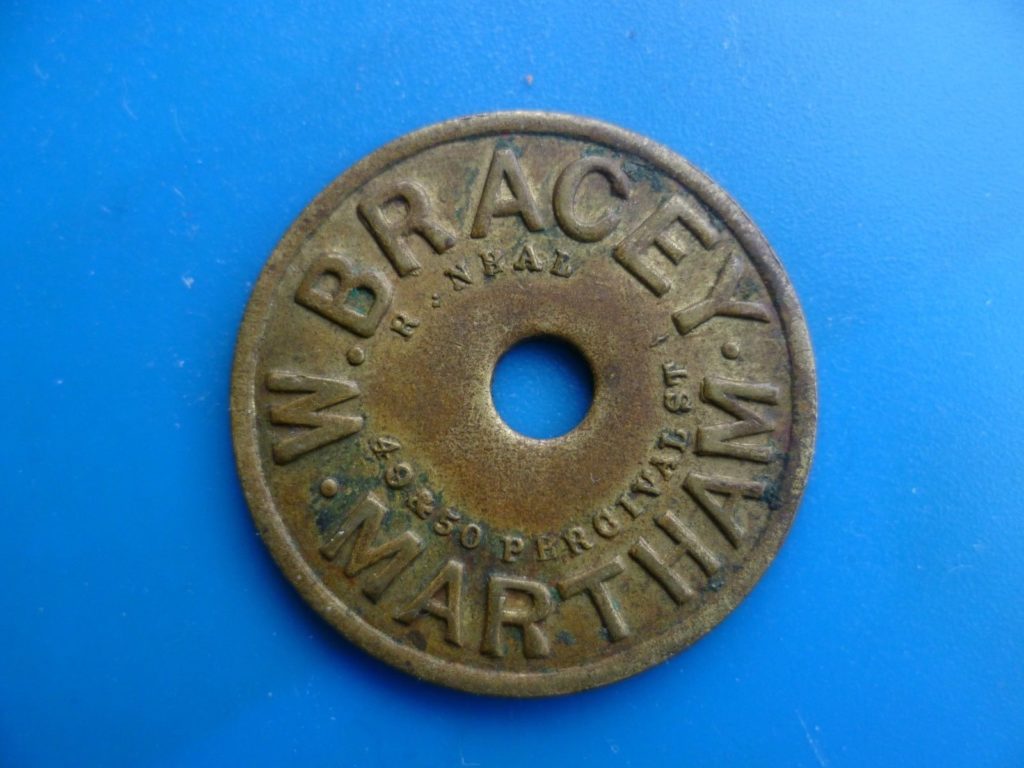

Andrew Peachey: It appears that William Bracey senior had gone into business with his son, William junior…a fruit grower and merchant, who among other things appeared to have had a grocers at some point, which may have been where the tokens were originally intended to be spent. The family had bought the Martham Estate including Martham Hall…and many estate workers may also have been wholly or partially paid in tokens, especially if low currency was scarce. I suspect they may have been retained and recirculated over the years to help with accounting in fruit picking…very impressive and practical. The tokens were originally made in London and would have to be ordered in bulk but would have been seen as a practical investment for an estate.
Terry Turner: I believe that you got paid in tokens each time you weighed up and that you could cash them in at the end of the day, or at whatever point you wanted. We went fruit picking as children in the 50’s and Mr. Sloggart was in charge of the scales and Bob George was second in command. I don’t remember Bracey having a shop where you could exchange tokens for goods.
Elizabeth Toll: That’s how I remember. I think Mr. Slogget had a big wooden box where tokens could be exchanged for cash, there was no arrangements with village shops.
Heather Hogg: We used to go picking blackcurrants with mum during the day then dad came down when he finished work at Baileys until they “Blew up” with a whistle. Used to get paid by the basket. When I got fed up dad used to give me a little extra for picking leaves out of his baskets. No toilets provided either had to hide in the bushes.
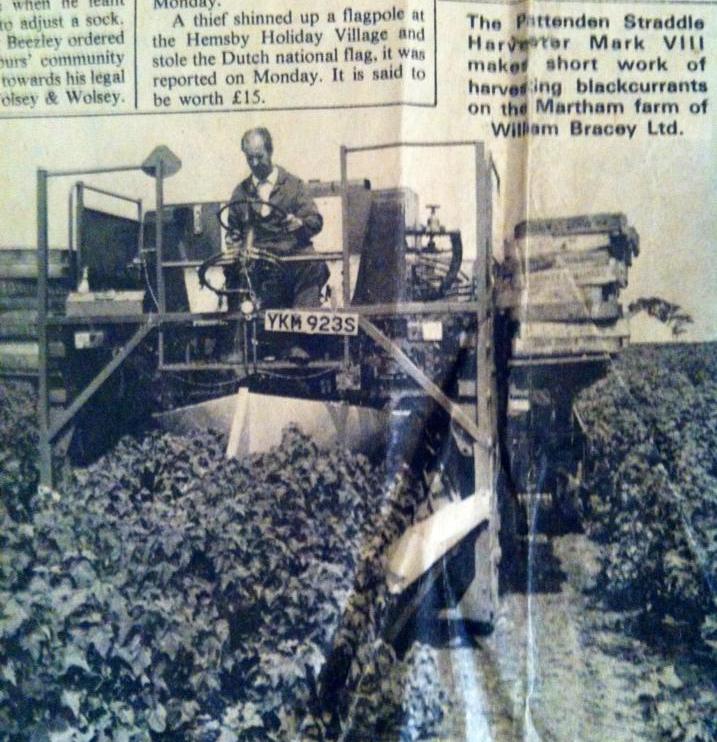
Michael Newton: If that was a new machine the index plate is 1977 S reg
Matthew Hodder: S-reg 1 August 1977 – 31 July 1978. The harvester was registered new in Kent and built in Ledbury, Herefordshire.
Bob Warnes: I think you will find the harvester was owned by a company in mid Norfolk and was hired in.

